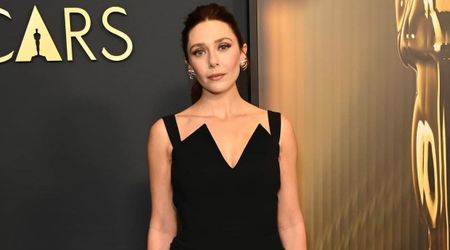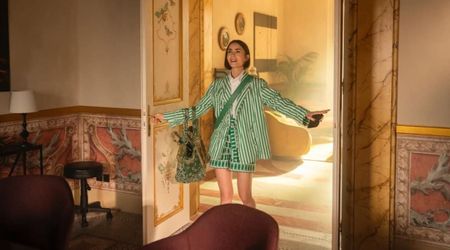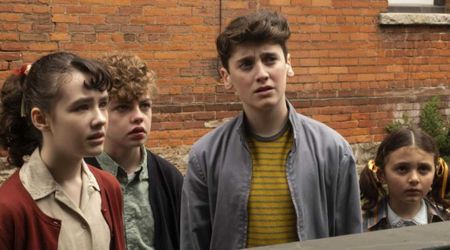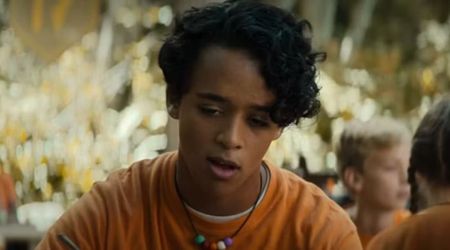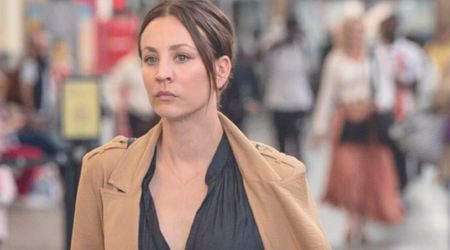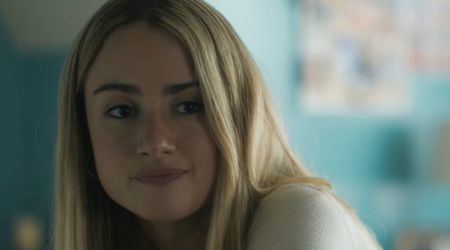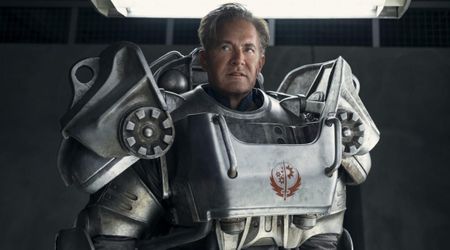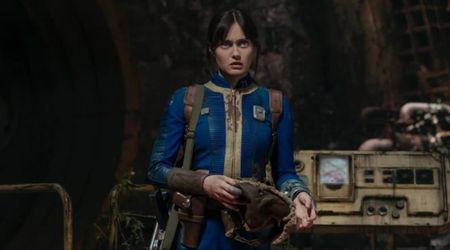'The Haunting of Hill House' review: A masterful showcase of how to do horror right

Over the past year or so, Netflix has made significant strides in producing and releasing original content. Their shift in strategy has seen them pour in hundreds of millions to ensure that when the time comes, other networks pulling their content from its platform will leave a minimal impression. The likes of 'House of Cards,' 'Bojack Horseman,' 'The End of the F***ing World,' 'Daredevil,' 'Master of None,' and so many more have helped establish the network as a genuine competitor in an already oversaturated market, and these successes are only making executives bolder in their calls.
Netflix has been dipping its toes in horror of late as well, with 'Veronica,' 'Before I Wake,' '1922,' and a few more making a decent splash. But the network needed something big slated for Halloween, so it turned to Mike Flanagan, the same man who made the seemingly 'unadaptable' Stephen King novel 'Gerald's Game' into a movie for the platform.



